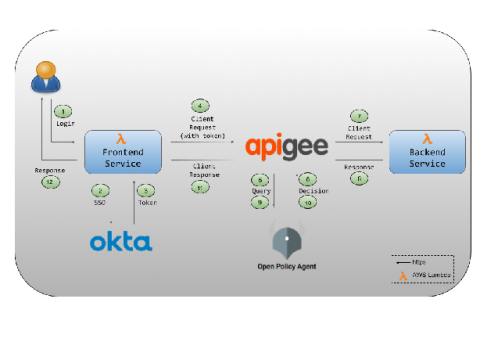BYOD security explained: what is a BYOD policy?
Bring your own device (BYOD) describes the practice of using a personal device such as a smartphone or tablet to conduct business on an organization's network or with its data. Organizations constantly walk a tightrope with their BYOD policies to balance employee productivity and satisfaction against the effective management of cybersecurity risks.










